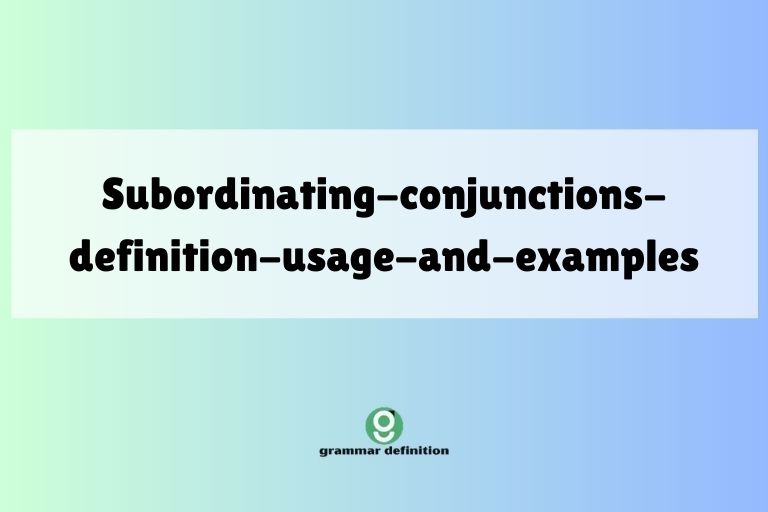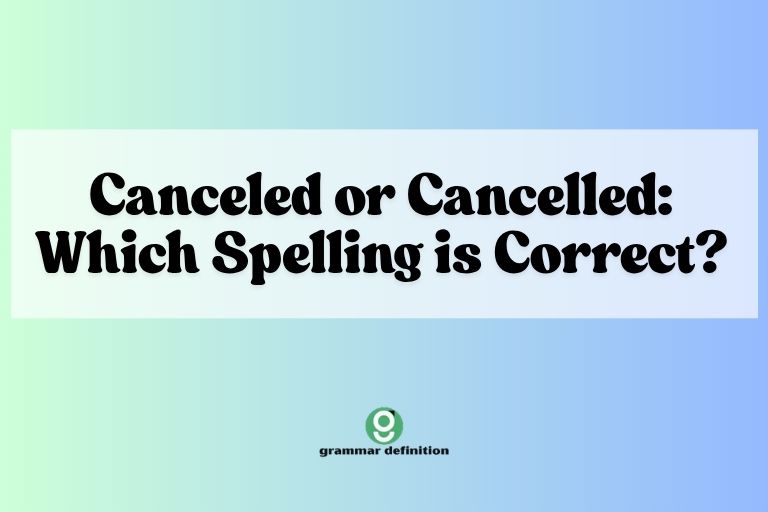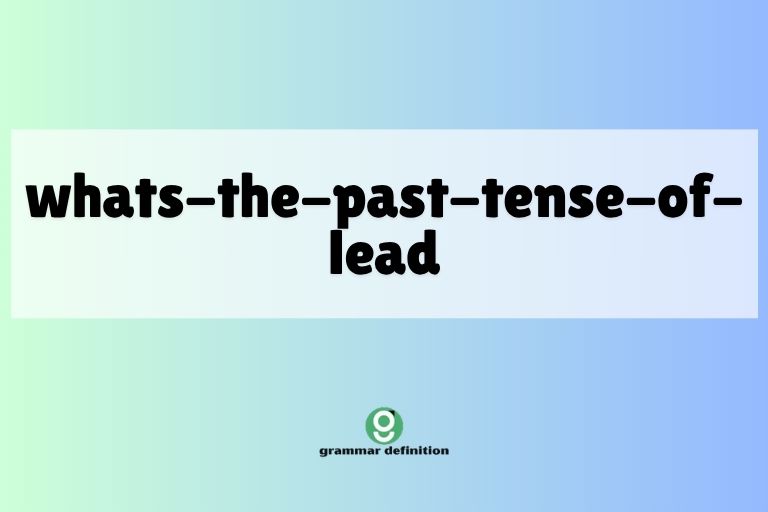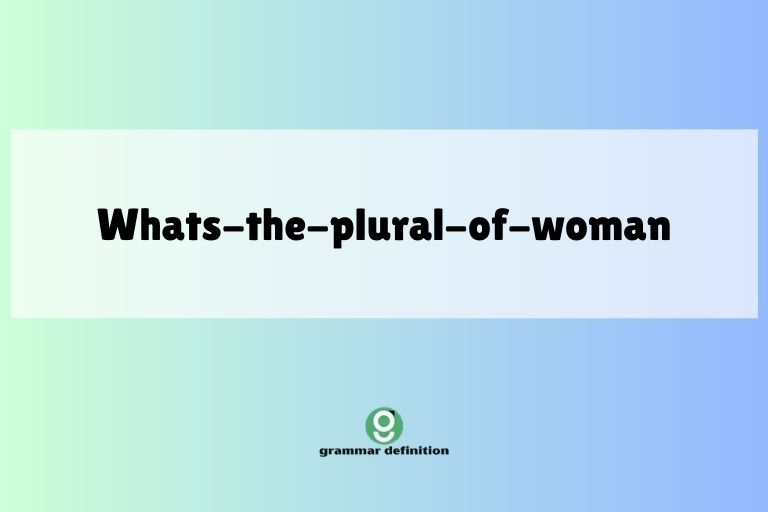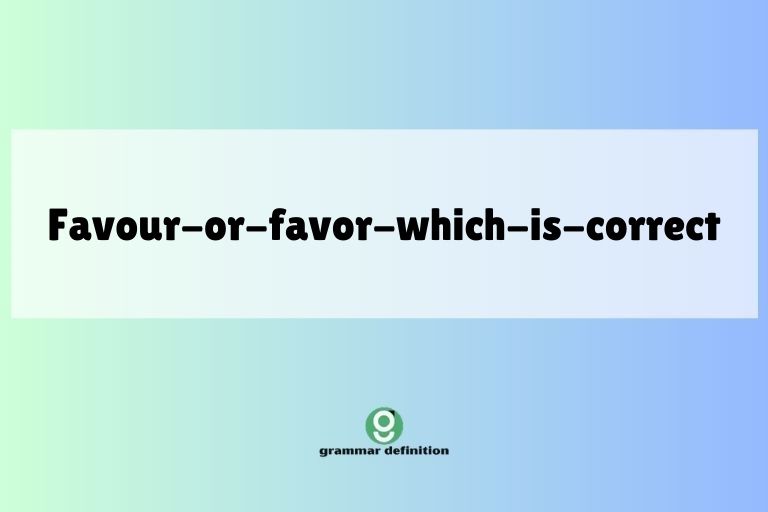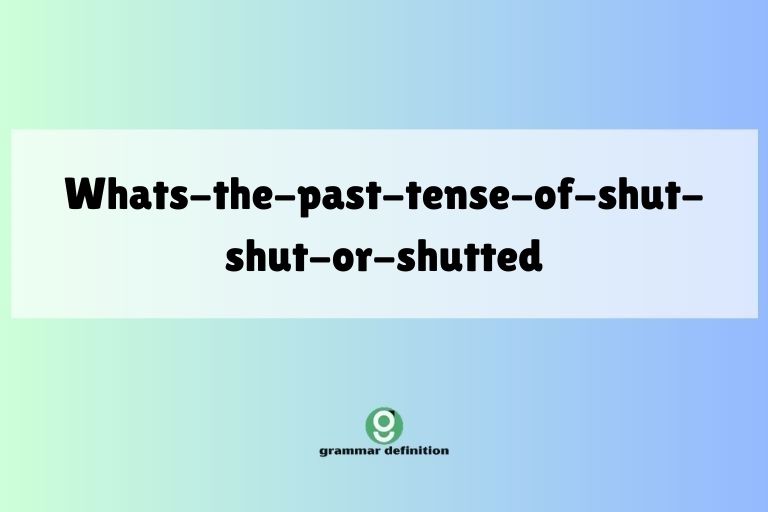“Bit” or “Bitten”: Mastering the Past Tense of “Bite”
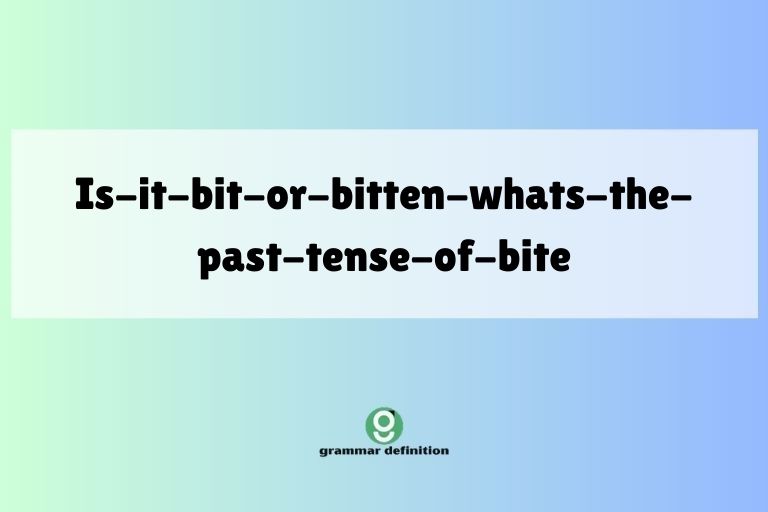
Understanding the correct past tense and past participle forms of irregular verbs like “bite” is crucial for effective communication in English. Confusion between “bit” and “bitten” is a common error, even among native speakers.
This article provides a comprehensive guide to mastering the past tense of “bite,” covering its definition, structural breakdown, usage rules, common mistakes, and practice exercises. Whether you’re an ESL student, a writer aiming for precision, or simply someone looking to improve their grammar skills, this guide will equip you with the knowledge and confidence to use “bit” and “bitten” correctly.
Table of Contents
- Introduction
- Definition of “Bite” and Its Forms
- Structural Breakdown of Verb Tenses
- Forms of “Bite”: Base, Past, and Past Participle
- Examples of “Bite,” “Bit,” and “Bitten”
- Usage Rules for “Bit” and “Bitten”
- Common Mistakes with “Bit” and “Bitten”
- Practice Exercises
- Advanced Topics: Regional Variations and Idiomatic Expressions
- Frequently Asked Questions
- Conclusion
Definition of “Bite” and Its Forms
The verb “bite” refers to the action of using one’s teeth to cut into, seize, or grip something. It is an irregular verb, meaning its past tense and past participle forms do not follow the standard “-ed” ending rule.
Understanding the different forms of “bite” is essential for accurate grammar.
Base Form: Bite (present tense, infinitive)
Past Tense: Bit (simple past action)
Past Participle: Bitten (used with auxiliary verbs like “have” or “be” to form perfect tenses)
The classification of “bite” as an irregular verb is crucial because it dictates how we form its past tenses. Regular verbs follow a predictable pattern (e.g., walk/walked), but irregular verbs like “bite” require memorization and careful application of their specific forms.
Structural Breakdown of Verb Tenses
To understand the correct use of “bit” and “bitten,” it’s important to grasp the basic structure of verb tenses in English. Verbs change their form to indicate when an action took place: past, present, or future.
Simple Tenses: These tenses express actions that are completed or habitual. The simple past tense (using “bit”) indicates a completed action in the past.
Perfect Tenses: These tenses express actions that are completed before another point in time. They are formed using auxiliary verbs (“have,” “has,” “had”) and the past participle (using “bitten”). For example, “has bitten” is present perfect, “had bitten” is past perfect, and “will have bitten” is future perfect.
Continuous Tenses: These tenses express actions that are ongoing. They are formed using a form of “be” (is, are, was, were, being, been) and the present participle (-ing form) of the verb. While not directly related to “bit” or “bitten,” understanding continuous tenses provides a broader context for verb usage.
Forms of “Bite”: Base, Past, and Past Participle
Let’s break down each form of the verb “bite” and its specific function:
- Bite (Base Form): Used in the present tense (except for the third-person singular, which uses “bites”) and with modal verbs (e.g., can bite, will bite).
- Bit (Past Tense): Used to describe a completed action in the past. It stands alone as the main verb in a sentence.
- Bitten (Past Participle): Used with auxiliary verbs (“have,” “has,” “had,” “is,” “was,” “were”) to form perfect tenses or passive voice constructions.
Examples of “Bite,” “Bit,” and “Bitten”
The following sections provide extensive examples of each form of “bite” used in different contexts. These examples will help you visualize and understand the correct application of each form.
Examples of “Bite” in the Present Tense
The present tense “bite” is used to describe actions happening now, habitual actions, or general truths. Note the difference between “bite” and “bites” (third-person singular).
The table below provides examples of “bite” in the present tense, showcasing its various uses.
| Sentence | Explanation |
|---|---|
| Dogs often bite strangers. | General truth about dog behavior. |
| I bite my nails when I’m nervous. | Habitual action. |
| Snakes bite their prey to inject venom. | General truth about snake behavior. |
| Do you bite your tongue sometimes? | Asking about a habitual action. |
| She bites into the apple with gusto. | Action happening now (though “bites” is used due to third-person singular). |
| The mosquito will bite you if you don’t wear repellent. | Future action expressed in the present tense (with “will”). |
| Some insects bite to feed on blood. | General truth about insect behavior. |
| I try not to bite off more than I can chew. | Idiomatic expression meaning to take on more than one can handle. |
| He doesn’t bite, so don’t be afraid of him. | Figurative meaning: he’s harmless. |
| They bite their lip when they are thinking hard. | Habitual action. |
| The fish bite at the lure. | Action happening now. |
| Does your dog bite? | Asking about a general characteristic. |
| Birds bite with their beaks. | General truth. |
| I often bite my pen when I’m concentrating. | Habitual action. |
| Bees rarely bite, they sting. | Describing a characteristic behavior. |
| Cats might bite if they are scared. | Potential action under certain circumstances. |
| Don’t bite the hand that feeds you. | Idiomatic expression about showing gratitude. |
| The puppy likes to bite at my shoelaces. | Habitual action. |
| You bite your nails too much. | Habitual action. |
| He will bite anyone who gets too close to his food. | Potential future action. |
| Some people bite their tongues when they are nervous. | General observation of behavior. |
| The baby can bite now that he has teeth. | Describing a current capability. |
| I don’t bite, I’m just trying to help. | Figurative meaning: I’m not dangerous. |
Examples of “Bit” in the Past Tense
The past tense “bit” is used to describe a completed action that occurred at a specific time in the past. It is the simple past form of the verb “bite.”
The following table presents various examples of “bit” used in sentences, illustrating its role in narrating past events.
| Sentence | Explanation |
|---|---|
| The dog bit the mailman yesterday. | Completed action in the past. |
| I bit my tongue during the meeting. | Completed action in the past. |
| She bit her lip to stop from laughing. | Completed action in the past. |
| The snake bit its prey and injected venom. | Sequence of completed actions in the past. |
| He bit into the juicy peach with delight. | Completed action showing enjoyment. |
| The mosquito bit me several times last night. | Repeated completed actions in the past. |
| The shark bit the surfer’s board. | Completed action. |
| She bit back a sharp reply. | Completed action showing restraint. |
| The child bit his nails nervously. | Completed action in the past, describing a state of mind. |
| The horse bit the fence post. | Completed action. |
| The squirrel bit through the nut shell. | Completed action. |
| The piranha bit the bait. | Completed action. |
| He bit off more than he could chew. | Idiomatic expression meaning to take on too much (past tense). |
| The dog bit at the ball playfully. | Completed action, describing playful behavior. |
| The crab bit my toe at the beach. | Completed action. |
| The beaver bit down the tree. | Completed action. |
| The cat bit my finger when I tried to pet it. | Completed action. |
| The wasp bit me on the arm. | Completed action. |
| I bit into a sour lemon by mistake. | Completed action. |
| The spider bit me in my sleep. | Completed action. |
| The gnat bit my ankle. | Completed action. |
| She bit her teeth in anger. | Completed action. |
| The turtle bit the carrot. | Completed action. |
Examples of “Bitten” in the Past Participle
The past participle “bitten” is used with auxiliary verbs (have, has, had, is, was, were, been) to form perfect tenses (present perfect, past perfect, future perfect) and passive voice constructions. It never stands alone as the main verb.
The table below provides examples of “bitten” used in various perfect tenses and passive constructions, illustrating its role in connecting past actions to other points in time.
| Sentence | Explanation |
|---|---|
| The dog has bitten three people this week. | Present perfect tense: action completed before now. |
| I had bitten my nails for years before I quit. | Past perfect tense: action completed before another point in the past. |
| She will have bitten her tongue a thousand times by the end of this debate. | Future perfect tense: action will be completed before a point in the future. |
| He has been bitten by the same mosquito twice. | Present perfect passive: action done to the subject. |
| The apple had been bitten before I picked it up. | Past perfect passive: action done to the subject before another past action. |
| If you hadn’t been bitten, we wouldn’t have this problem. | Past perfect conditional: hypothetical situation in the past. |
| The sandwich has already been bitten. | Present perfect passive: something has bitten the sandwich. |
| Having been bitten once, he was now afraid of dogs. | Past participle phrase functioning as an adverbial modifier. |
| The suspect has been bitten by the police dog. | Present perfect passive. |
| She had never been bitten by a snake before that trip. | Past perfect tense, expressing a lack of prior experience. |
| The cake had been bitten into before anyone noticed. | Past perfect passive. |
| Having been bitten, the deer ran away. | Past participle phrase. |
| The child has been bitten by an insect. | Present perfect passive. |
| I have been bitten by mosquitoes every summer. | Present perfect tense, stating a recurring experience. |
| The man had been bitten by a rabid dog. | Past perfect passive. |
| She has been bitten by the acting bug. | Idiomatic expression, meaning she has become enthusiastic about acting. |
| He had been bitten by the same spider before. | Past perfect tense. |
| The horse has been bitten by flies all day. | Present perfect tense, indicating ongoing action. |
| They have been bitten by the travel bug. | Idiomatic expression, meaning they have become enthusiastic about traveling. |
| The food has been bitten into. | Present perfect passive. |
| I have never been bitten by a tick. | Present perfect tense, expressing a lack of experience. |
| The bread has been bitten by someone. | Present perfect passive. |
Usage Rules for “Bit” and “Bitten”
Understanding the specific rules for using “bit” and “bitten” is crucial for avoiding common grammatical errors. These rules are based on the verb tense and the presence of auxiliary verbs.
Rule 1: “Bit” as the Simple Past Tense
Use “bit” to describe a completed action in the past. It is the simple past form and stands alone as the main verb in the sentence.
There are no auxiliary verbs needed with “bit.”
Example: The dog bit my shoe.
Rule 2: “Bitten” as the Past Participle
Use “bitten” with auxiliary verbs (have, has, had, is, was, were, been) to form perfect tenses or passive voice constructions. “Bitten” never stands alone as the main verb.
Example: I have been bitten by mosquitoes many times.
Rule 3: “Bitten” in Perfect Tenses
In perfect tenses (present perfect, past perfect, future perfect), always use “bitten” with the appropriate form of “have.”
Example:
- Present Perfect: She has bitten her lip.
- Past Perfect: He had bitten into the apple before he realized it was rotten.
- Future Perfect: By tomorrow, the shark will have bitten through the cable.
Common Mistakes with “Bit” and “Bitten”
One of the most common mistakes is using “bitten” as the simple past tense, or using “bit” with a helping verb. Here are some examples of common errors and their corrections:
| Incorrect | Correct | Explanation |
|---|---|---|
| I have bit my tongue. | I have bitten my tongue. | “Bitten” is the correct past participle to use with “have.” |
| The dog bitten me yesterday. | The dog bit me yesterday. | “Bit” is the correct simple past tense form. |
| She had bit the apple. | She had bitten the apple. | “Bitten” is the correct past participle to use with “had.” |
| He was bite by a snake. | He was bitten by a snake. | “Bitten” is the correct past participle in the passive voice. |
| They bit been to the park. | Incorrect sentence. | This sentence uses the past tense form with the auxiliary verb “been,” which is grammatically incorrect. A revision is needed to properly convey the intended meaning. |
| I bit been stung by a bee. | I have been stung by a bee. | In this instance, “bitten” is incorrectly used where the verb “stung” should be. The corrected sentence uses “stung” with the auxiliary verbs “have been” to express the passive voice in the present perfect tense, indicating an experience that has occurred at some point in the speaker’s life. |
Practice Exercises
Test your understanding of “bit” and “bitten” with the following exercises. Each exercise focuses on a different aspect of using these verb forms correctly.
Exercise 1: Choose the Correct Form
Choose the correct form of the verb “bite” (bit or bitten) to complete each sentence.
- The mosquito _______ me on the arm. (bit / bitten)
- I have _______ my nails since I was a child. (bit / bitten)
- She _______ her lip to keep from crying. (bit / bitten)
- The dog has _______ the mailman again. (bit / bitten)
- He had never _______ into such a juicy apple before. (bit / bitten)
- The shark _______ the surfer’s board in half. (bit / bitten)
- They have _______ off more than they can chew. (bit / bitten)
- The child was _______ by a stray dog. (bit / bitten)
- I _______ my tongue during the presentation. (bit / bitten)
- The apple had already been _______. (bit / bitten)
Answer Key:
- bit
- bitten
- bit
- bitten
- bitten
- bit
- bitten
- bitten
- bit
- bitten
Exercise 2: Fill in the Blanks
Fill in the blanks with the correct form of the verb “bite” (bite, bit, or bitten).
- Do you often _______ your nails?
- The snake _______ its prey and injected venom.
- She has _______ by the travel bug.
- I try not to _______ off more than I can handle.
- The sandwich had already been _______.
- The puppy likes to _______ at my shoelaces.
- He _______ into the apple with relish.
- Have you ever _______ by a dog?
- Snakes _______ their prey to inject venom.
- She _______ back a sharp reply.
Answer Key:
- bite
- bit
- bitten
- bite
- bitten
- bite
- bit
- been bitten
- bite
- bit
Exercise 3: Sentence Correction
Correct the following sentences if they contain errors in the use of “bit” or “bitten.” If the sentence is correct, write “Correct.”
- I have bit my lip.
- The dog bitten the mailman.
- She had bit the apple before.
- He was bite by a mosquito.
- I bit my tongue yesterday.
- The cake has been bitten into.
- They have bit off more than they can chew.
- The child was bit by a stray dog last week.
- She bit her lip to stop from laughing.
- I had never been bite by a snake.
Answer Key:
- I have bitten my lip.
- The dog bit the mailman.
- She had bitten the apple before.
- He was bitten by a mosquito.
- Correct
- Correct
- They have bitten off more than they can chew.
- The child was bitten by a stray dog last week.
- Correct
- I had never been bitten by a snake.
Advanced Topics: Regional Variations and Idiomatic Expressions
While the rules outlined above are generally applicable, there can be regional variations in usage, although they are rare with “bite.” More commonly, the complexity comes from idiomatic expressions.
Idiomatic Expressions: The verb “bite” appears in several idiomatic expressions, each with its own specific meaning. These expressions often use “bite” figuratively, rather than literally.
- Bite the bullet: To face a difficult or unpleasant situation with courage.
- Bite off more than you can chew: To take on more responsibility than one can handle.
- Don’t bite the hand that feeds you: Don’t be ungrateful or harm someone who helps you.
- Bitten by the bug: To become very enthusiastic about something (e.g., “bitten by the travel bug”).
Understanding these idiomatic expressions requires learning them as individual units of meaning, rather than applying standard grammatical rules.
Frequently Asked Questions
Here are some frequently asked questions about the past tense of “bite,” along with detailed answers.
- Q: Is it ever correct to say “bited”?
A: No, “bited” is never a correct form of the verb “bite.” The correct past tense is “bit,” and the correct past participle is “bitten.”
- Q: How do I know when to use “bit” vs. “bitten”?
A: Use “bit” for the simple past tense, describing a completed action in the past. Use “bitten” as the past participle with auxiliary verbs like “have,” “has,” “had,” “is,” “was,” “were,” or “been” to form perfect tenses or passive voice constructions.
- Q: Can “bitten” be used without a helping verb?
A: No, “bitten” always requires a helping verb (auxiliary verb) to function correctly in a sentence. It cannot stand alone as the main verb.
- Q: What are some examples of sentences using “bitten” correctly?
A: Examples include: “I have been bitten by mosquitoes,” “She had bitten her nails before the interview,” and “The cake has been bitten into.”
- Q: What is the difference between the past tense and the past participle?
A: The past tense (e.g., “bit”) describes a completed action in the past and stands alone as the main verb. The past participle (e.g., “bitten”) is used with auxiliary verbs to form perfect tenses or passive voice constructions.
- Q: Is “bite” a regular or irregular verb?
A: “Bite” is an irregular verb because its past tense (“bit”) and past participle (“bitten”) do not follow the standard “-ed” ending rule. Regular verbs form their past tense and past participle by adding “-ed” (e.g., walk/walked).
- Q: How can I improve my understanding of irregular verbs like “bite”?
A: Practice using the different forms of the verb in sentences, and pay attention to how they are used in written and spoken English. Memorizing a list of irregular verbs can also be helpful.
- Q: Are there any regional variations in the use of “bit” and “bitten”?
A: While generally consistent across English dialects, some very rare regional variations might exist. However, sticking to the standard “bit” as the past tense and “bitten” as the past participle is always a safe bet. The important thing is to use the correct form based on the grammatical context.
Conclusion
Mastering the past tense forms of irregular verbs like “bite” is essential for clear and accurate communication in English. Understanding the difference between “bit” (simple past) and “bitten” (past participle) and their respective usage rules will significantly improve your grammar skills.
Remember to practice using these forms in various contexts to solidify your understanding. Pay attention to how native speakers use “bit” and “bitten” in their speech and writing.
By consistently applying the rules and examples provided in this guide, you’ll be well on your way to confidently using “bit” and “bitten” correctly in all your English communication.

